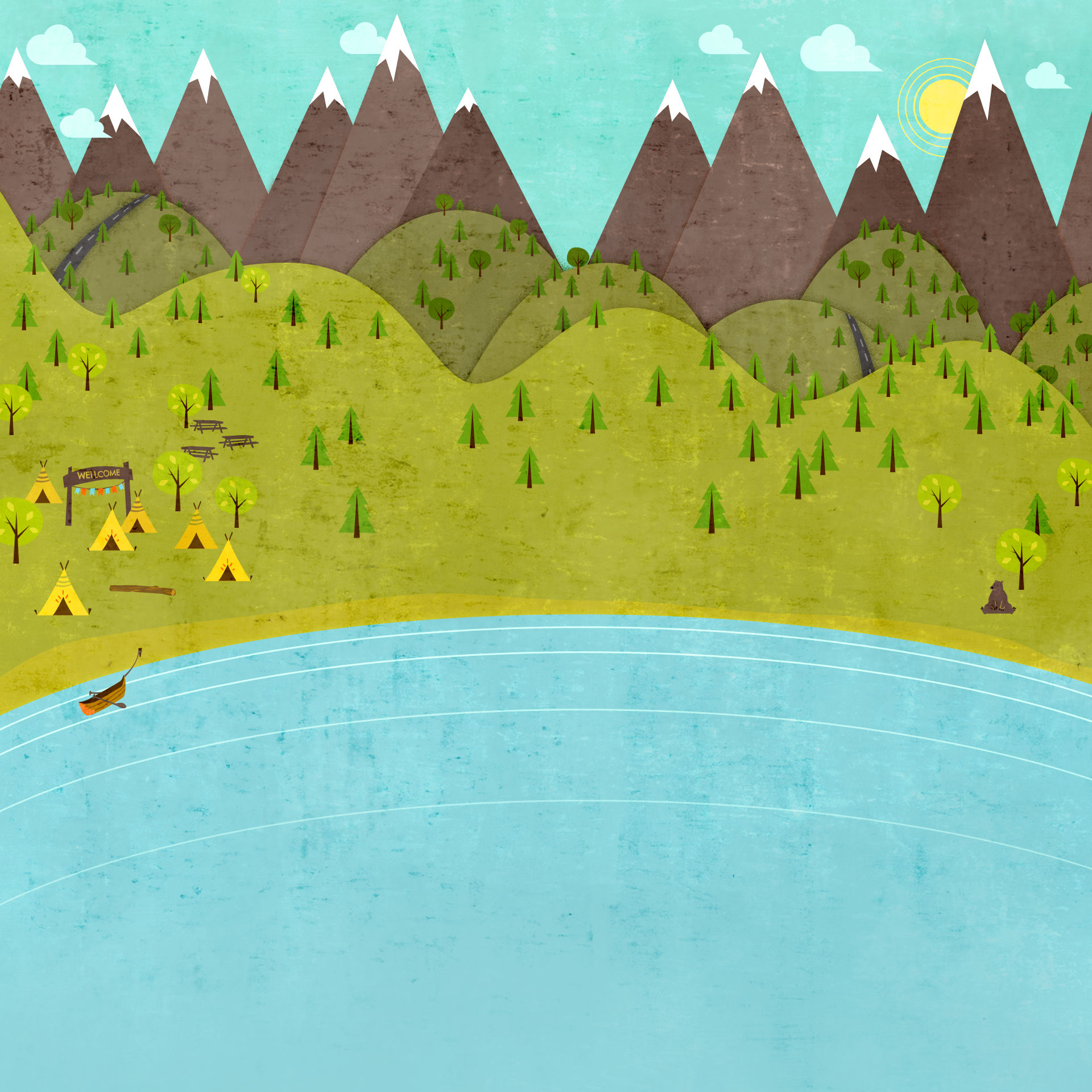

Christoferson Crossing



Students As Authors
Alumnos como Autores
Their Writings
Sus Obras
Émilie du Châtelet by Saige Hostetter
What would it be like to have the most brilliant ideas and have them put away to silence? In the 1700’s women were only thought to do household work, including having kids. They were often in men's shadows; their work was mistaken mostly for men’s work, or just forgotten. Most of this was true for Émilie du Châtelet. She was an inquisitive human being even to her death. Mrs. Châtelet was a French physicist (skilled in natural science) and a mathematician in the 1700s. Bill Watterson once said, “A playful mind is inquisitive, and learning is fun. If you indulge your natural curiosity and retain a sense of fun in new experience, I think you'll find it functions as a sort of shock absorber for the bumpy road ahead.”
Mrs. Châtelet’s playful mind entered our world on December 17, 1706 in Paris. Châtelet was born as the third out of four children. Being the only girl, her father saw her as a very bright child, reported Studies Weekly. Coming from an aristocratic family, her father hired tutors for Émilie, but her younger brother tagged along because during that time period, tutors tended to be hired for boys. Émilie learned six languages by the age of twelve. She took pleasure in math and science, and also had lessons in fencing, dance, and other sports. Her father thought her education was important along with physical activity. Her mother, however, disapproved of her schooling.
Émilie knew that when she turned eighteen she had to accept an arranged marriage for her to the wealthy Marquis Florent-Claude du Châtelet. He was a distinguished Army officer. Accepting the marriage meant she had to turn into a full time mom, partially giving up on her studies; she had three children with Marquis Châtelet. Years later, she had many affairs, though Marquis didn’t mind because he was constantly away, fighting in the war. Keeping up with these relations, she soon had the eye of Voltaire, a writer and philosopher from France. Voltaire was not only in love with the fact that she was beautiful, but he respected her ideas and encouraged her. APS News declared that “Émilie du Châtelet and Voltaire renovated Châtelet’s large estate house in the countryside. The house included several rooms for scientific equipment and space for experiments, and a large library holding over 20,000 books, more than many universities at the time.”
Voltaire and Mrs. Châtelet had a sixteen year long affair, until her death in 1749. Châtelet was one person who Voltaire always considered his intellectual guide and equal on the subjects related to Newton and physics. “Émilie was both his muse and tutor,” according to Siofra Pierse. With the help of Voltaire, Châtelet excelled more in her studies and in her later accomplishments. Voltaire stated that, he and Émilie collaborated in writing Elements of the Philosophy of Newton.
Émilie du Châtelet admired the work of Gottfried Wilhelm Leibniz and Isaac Newton; two scientists/philosophers of the time with two different perspectives of calculus. Not only did Mrs. Châtelet take both sides seriously, she actually opened her own gateway of calculus using both Newton's and Leibniz’s ideas. In 1740 Émilie published Institutions de Physique, a textbook situated with the ideas of Gottfried Wilhelm Leibniz.
In 1738 Émilie entered the Paris Academy prize contest, where she received an honorable mention and became the first woman to have a scientific paper published by the Paris Academy. Mrs. Châtelet’s most famous accomplishment was a French translation of Isaac Newton’s Principia. She started on the book in 1745 and was granted royal privilege to print the following year. As Châelet was near completion with her book, she found out she was pregnant at age forty-two, a dangerous age to give birth at that time in history. Throughout the pregnancy she worked day and night to finish her translation of Isaac Newton’s Principia. On September 4, 1749, Émilie du Châtelet’s daughter was born.
Émilie lived her life to the fullest; creating her books and not being the average woman. She was a female physicist and mathematician who impacted many lives through her bumpy road. Sadly, on September 10, 1749, Émilie du Châtelet died at age forty-two from complications with her daughter’s birth. Ten years later her translated book, Principia, was published. Émilie’s inquisitive, mind seeking knowledge, inspires us to always dig deeper and try, no matter what.
Works Cited
Arianrad, Robyn. “Seduced by Logic” New York. Oxford University Press. 2012.
“Émilie du Châtelet.” YouTube. Uploaded by Studies Weekly. 14 May 2015. Web. 6 Feb 2018. https://www.youtube.com/watch?v=aXhHcqQTrIg
Ernie Tretkoff “This Month in Physics History” APS News. December, 2008.
“Philosophy: Émilie du Châtelet, Part 1.” YouTube. Uploaded by Wireless Philosophy. 27 March 2015. Web. 6 Feb 2018. https://www.youtube.com/watch?v=QefQbkN2CNE
“Philosophy: Émilie du Châtelet, Part 2.” YouTube. Uploaded by Wireless Philosophy. 10 April 2015. Web. 6 Feb 2018. https://www.youtube.com/watch?v=aXhHcqQTrIg
Pierse, Siofra. “Marquise Émilie du Châtelet As “Lady Newton”: Prefatory Nuances And Problematic Ambiguities In The Writing Of An Early-modern Female Scientist.” Women’s Studies. December 2015. p.1156-1127
Quezzaire, Pilar. “Émilie, Marquis du Châtelet-Laumont.” 1 August 2017, p. 1-2.
Maria Goeppert Mayer- Her Life and Work by Chloe Gerlach
Maria Goeppert Mayer was persistent. She tried, tried, and tried again until finally, she succeeded. Goeppert Mayer played an important part in the understanding we have of the nuclear shell model today. This paper will explain and inform you about Maria Goeppert Mayer’s life and work.
Goeppert Mayer was born in Kattowitz, Germany, now Poland, on June 28, 1906. When she was four her family moved to Göttingen, Germany where her father was a pediatrics professor. Pediatrics is defined as the study of children and their diseases. Maria's father was a sixth generation professor and she was determined to be the seventh. In an interview with Executive Leadership of Business Management Daily, Goeppert Mayer was quoted saying, “But it was my father who sent me on my path. He said, ‘Don't grow up to be a woman,’ and what he meant by that was a housewife.”
In 1924 Maria went to college for mathematics, but after attending Max Born’s seminar on quantum mechanics, she decided to focus on physics. In 1930, she received her Ph.D with a thesis on photon reaction. She later went onto have many unpaid jobs at universities. On January 19, 1930 Maria Goeppert Mayer married Joseph Edward Mayer. Joseph once said, “She was a terrible flirt- but lovely and brighter than any other girl I had ever met. ” After she married Joseph she was not able to work at the same university as him because of “regulations.”
In June 1949, Maria Goeppert Mayer’s first paper on the nuclear shell model was published in Physical Review. One of her nicknames was “The Onion Madonna” because she found the solution for the nuclear Shell Model from an onion. The onion theory says the nuclear shell model is much like an onion. It has many layers, but nothing in the center. The first orbit or shell in an isotope should, for the best stability have two particles, the second ordit will have eight, the third twenty, and so on and forth with the magic numbers of 2, 8, 20, 28, 50, 82 and 126. She later went on to split a nobel prize with Max Born, James Franck, Adolf Windaus. This making her second woman to win a Nobel Prize. She was a part of some the Manhattan Project. The Manhattan Project was the codename for the project of the nuclear bombs, Fatman and Little Boy.
Maria Goeppert Mayer had a difficult beginning to her career but she bypassed them. She was one of the two women to win a Nobel Prize. Beau Taplin best expresses the life of Goeppert Mayer in this quote. “She was unstoppable not because she did not have failures or doubts, but because she continued despite them.”
Work Cited
"Maria Goeppert Mayer - Facts". Nobelprize.org. Nobel Media AB 2014. Web. 20 Feb 2018. http://www.nobelprize.org/nobel_prizes/physics/laureates/1963/mayer-facts.html
Maria, Goeppert-Mayer. "'The Onion Madonna' of Physics." Executive Leadership, vol. 31, Feb. 2016, p. 3. EBSCOhost, adams.idm.oclc.org/login?url=http://search.ebscohost.com/login.aspx?direct=true&db=bth&AN=112306777&site=eds-live&scope=site.
Tretkoff Ernie“Maria Goeppert Mayer and the Nuclear Shell Model” APS News August 2008 https://www.aps.org/publications/apsnews/200808/physicshistory.cfm
Featured Authors:
Saige Hostetter and Chloe Gerlach
Honorable Merrit Winners
in the Society of Women Engineers Essay Contest
*See other Honorable Mention Winners on the 6th grade page*

We are all in the process of growing...





